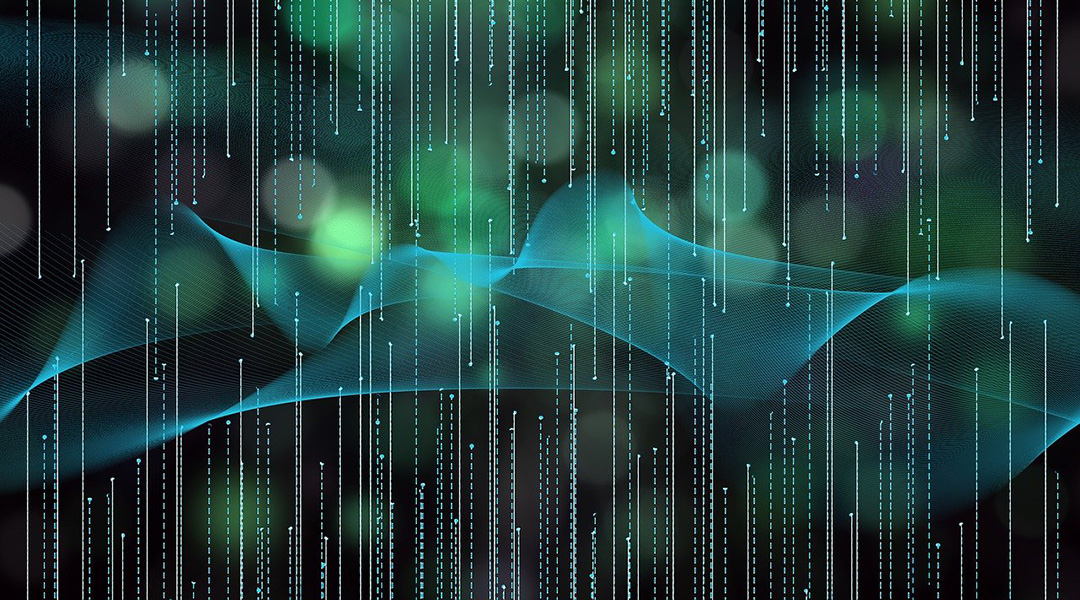Researchers have proposed a new algorithm for storing, transmitting, and processing information for use in quantum communications. In this up-and-coming area of technology, information is sent not in the form of classical bits, each taking on only one of the values 0 or 1 at a time, but as quantum states, which can take on any combination of these values simultaneously.
This makes messages immune to eavesdropping, since any interaction with a quantum system carrying information inevitably alters its state, a telltale sign for the communicating parties that someone had been “listening in”.
Oblivious transfer
In addition to ensuring the secure transmission of information, safely storing and processing it is just as crucial. To address this, the concept of oblivious transfer, first introduced in 1981 by Michael Rabin of Harvard University, comes into play.
It is a protocol used in cryptography in which a sender transfers one of several potential pieces of information to a receiver, yet remains unaware of the specific piece transferred. It is particularly useful in scenarios like voting counts, auctions, and payments.
“Oblivious transfer is an algorithm where the user gets [their] intended data without keeping information on the server,” Masahito Hayashi, a professor at the Chinese University of Hong Kong and lead author of the current study published in Advanced Quantum Technologies, explained in an email. “This protocol is useful when the user wants to keep his/her privacy.”
Oblivious transfer cannot be implemented securely if all information is stored on one server. In scenarios where all information resides on a single server, the server could potentially monitor the requests made by the user and deduce which pieces of data are being accessed based on the interaction patterns, compromising user privacy.
Two servers are better than one
To address this, in standard classical communication, two-server oblivious transfer protocols are commonly used. This is because when a user gets information from two servers instead of one, without informing each server about the data received from the other, it is impossible to piece together the complete data picture.
However, the situation changes in a quantum setting. Working with quantum states and their transmission requires fundamentally different algorithms for data transmission and processing, and until now, no one has been able to figure out how to implement oblivious transfer when communicating with two servers storing quantum data.
In their study, Hayashi and his colleague Seunghoan Song introduced a quantum two-server oblivious transfer protocol, substantiating both user secrecy and server secrecy requirements.
Their algorithm boasts a very general form applicable across various quantum computing systems, irrespective of the qubits’ physical implementation, whether photons, superconducting loops, or trapped ions.
Waiting on quantum computers
Though functional quantum computers with a number of qubits sufficient for meaningful computations and quantum data storage remain elusive, the researchers envision implementing their proposed protocol once such technology materializes. “When a quantum computer works in practice, our protocol works in practice,” said Hayashi.
While awaiting this development, the researchers say they will continue refining their data transfer algorithm. Despite leveraging entanglement between states stored on two servers, making it inherently quantum, their protocol works only for a specific form of these states encoding information, so further modifications of the algorithm are required to accommodate the most general form of quantum message states.
“Our protocol works only when both servers know the classical description of the quantum message,” concluded Hayashi. “We need to extend our protocol to the case when both servers have only the quantum state of the quantum message.”
Reference: Masahito Hayashi and Seunghoan Song, Two-Server Oblivious Transfer for Quantum Messages, Advanced Quantum Technologies (2024). DOI: 10.1002/qute.202300184
Feature image credit: geralt on Pixabay

















